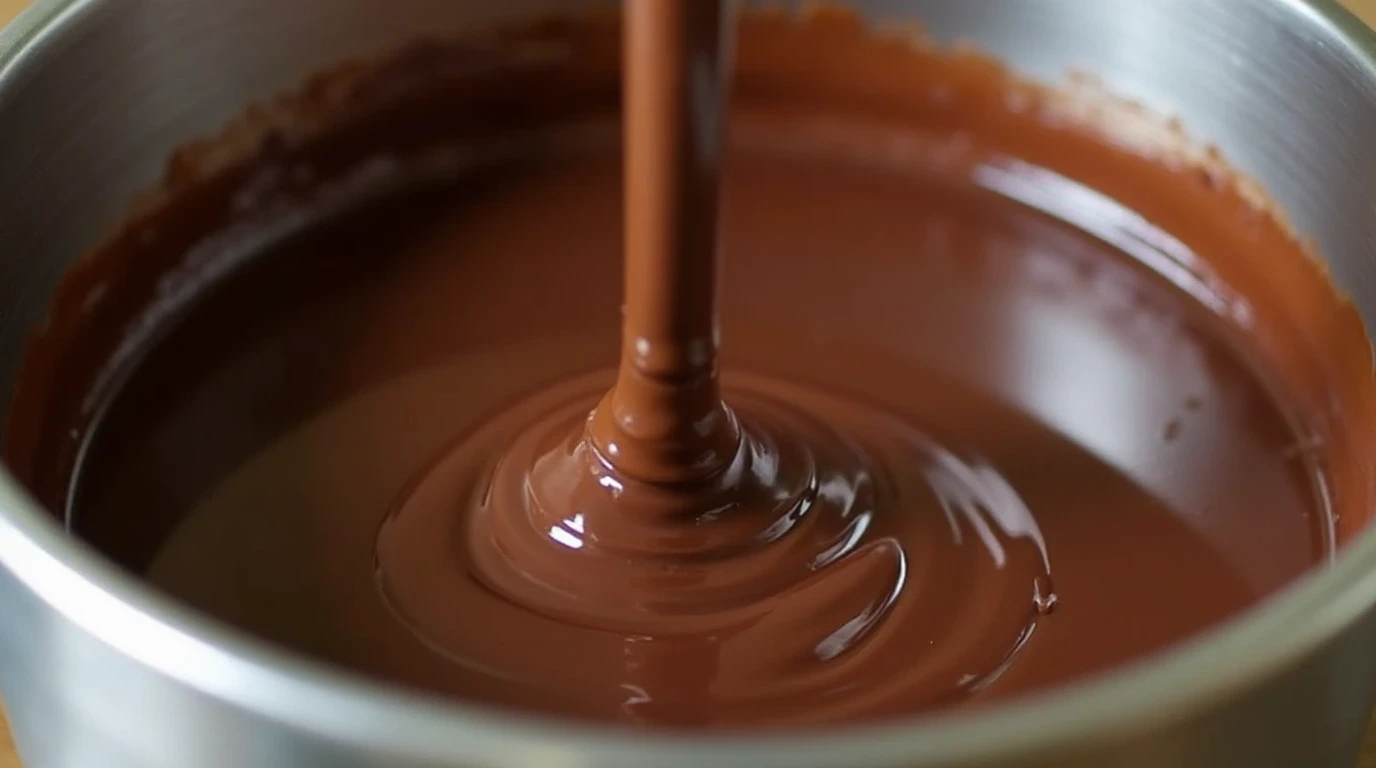How Chocolate Liquor Is Made: Step-by-Step Process 🍫
Table of contents
Table of Contents
Imagine standing in a kitchen filled with the deep, rich aroma of chocolate. You’ve tasted chocolate countless times, but have you ever wondered how it all begins? Chocolate’s foundation is something called chocolate liquor, and no, it’s not alcoholic. It’s the pure essence of the cocoa bean—a thick, flavorful paste that becomes the base for many of your favorite chocolate treats.
In this article, you’ll take a journey through the fascinating process of how Cocoa Liquor is made, from harvesting cocoa beans to the final grinding step that transforms them into a luscious, smooth paste. Whether you’re a chocolate enthusiast or just curious, you’re about to discover the secrets behind this essential ingredient in chocolate-making.
What Is Chocolate Liquor?
Let’s clear one thing up right away: Cocoa Liquor isn’t something you pour into a cocktail. It’s made by grinding roasted cocoa nibs into a thick, liquid-like paste that contains both cocoa solids and cocoa butter. This “liquor” is used as the building block for chocolate products like baking chocolate, dark chocolate, and milk chocolate.
Why It Matters
Chocolate liquor is what gives chocolate its rich, intense flavor. It’s also the reason why chocolate can vary so much in taste—depending on how the cocoa beans are grown, roasted, and processed, the flavor profile can shift dramatically from fruity and floral to nutty and earthy.
Not only is Cocoa Liquor delicious, but it’s also packed with health benefits. It’s rich in antioxidants, iron, magnesium, and flavonoids, which can improve heart health and boost your mood.
Step-by-Step Process for Making Chocolate Liquor
Step 1: Harvesting Cocoa Beans
Your journey into chocolate liquor starts with the cacao tree, which produces football-shaped pods filled with cocoa beans. The harvesting process is a careful one—farmers cut the pods by hand to avoid damaging the tree, then open them to reveal the beans nestled inside a white, pulpy flesh.
Once harvested, the beans are fermented for several days to develop their flavor. This is a critical step, as it transforms the beans from bitter to flavorful. Without fermentation, you wouldn’t recognize the rich chocolate taste you love.
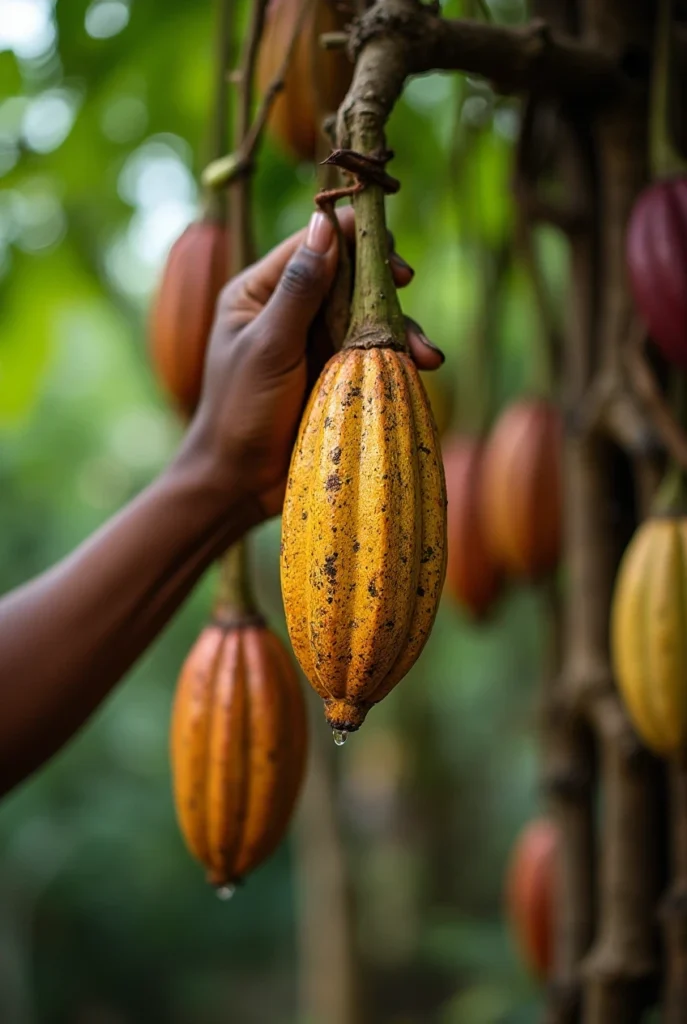
Step 2: Drying and Roasting the Beans
After fermentation, the beans need to be dried to reduce moisture and prevent spoilage. You’ll often see them spread out under the sun on large drying racks or concrete patios. This natural drying process can take up to a week.
Once dried, the beans are roasted. Roasting is where the magic happens—it brings out the complex chocolate flavor and fills the air with a mouthwatering aroma. Depending on the desired flavor profile, the beans can be roasted at different temperatures and durations. Light roasts preserve fruity notes, while dark roasts emphasize rich, nutty flavors.
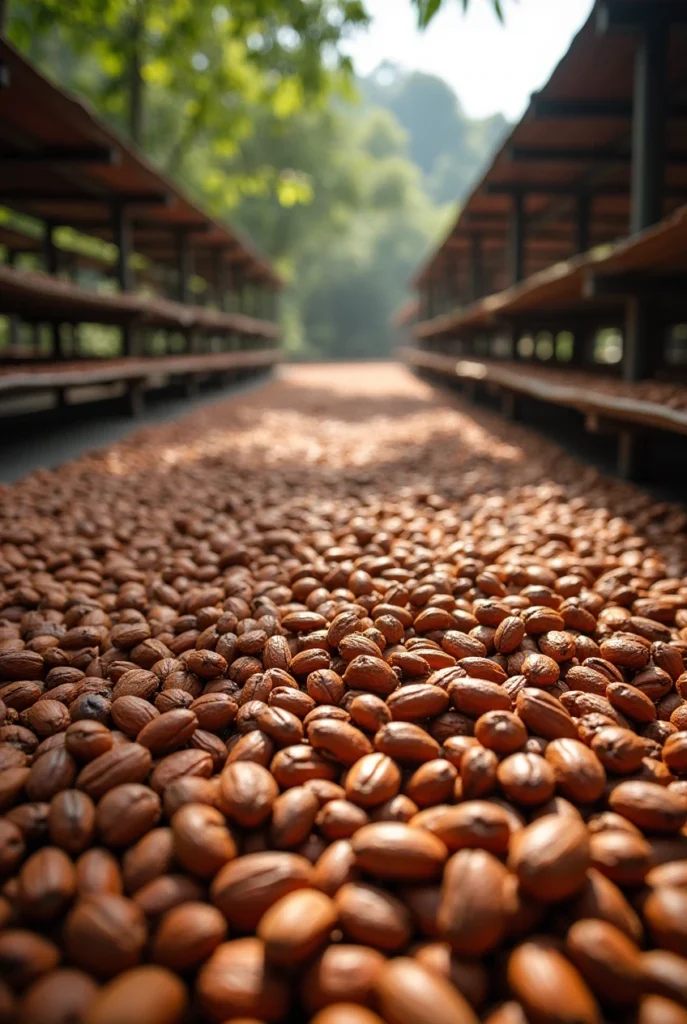
Step 3: Cracking and Winnowing
After roasting, the beans need to be cracked and winnowed. This process separates the nibs (the edible part of the bean) from the shells.
Think of nibs as the heart of chocolate. Once you’ve removed the shells, you’re left with pure cocoa nibs, which will soon be transformed into chocolate liquor. Specialized machines crack the beans and blow away the lighter shells, leaving behind only the good stuff.
Step 4: Grinding the Nibs
Now comes the most crucial step: grinding. The nibs are ground into a thick, smooth paste called Cocoa Liquor. This isn’t just mixing; it’s a meticulous process that breaks down the nibs into tiny particles, releasing cocoa butter and creating a creamy texture.
During grinding, the temperature rises due to friction, causing the cocoa butter to melt and blend with the cocoa solids. The result? A silky, rich Cocoa Liquor that’s ready to be molded into baking chocolate or further processed into bars and other chocolate products.
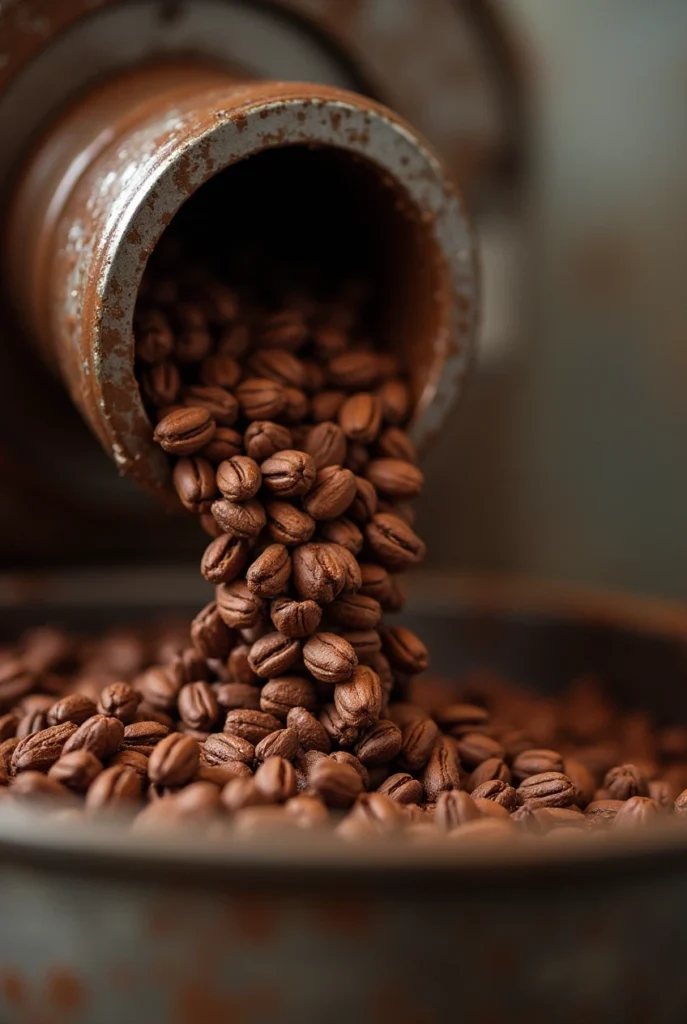
Key Ingredients and Equipment Used
Making chocolate liquor requires just one main ingredient: cocoa nibs. However, several pieces of equipment are essential for processing those nibs into the final product. Here’s a quick overview:
| Ingredient | Purpose |
|---|---|
| Cocoa Beans (Nibs) | Main ingredient for chocolate liquor |
| Cocoa Butter | Naturally present in cocoa nibs, adds smooth texture |
| Equipment | Function |
|---|---|
| Roaster | Roast the beans to enhance the flavor |
| Winnowing Machine | Removes shells and leaves behind nibs |
| Grinder | Turns nibs into chocolate liquor |
Tips for Making Chocolate Liquor at Home
If you’re feeling adventurous, you can try making chocolate liquor at home. Here are a few pointers to help you get started:
- Choose High-Quality Cocoa Beans: The flavor of your Cocoa Liquor depends on the quality of the beans. Look for beans that are well-fermented and have a strong aroma.
- Master the Roasting Process: Roasting is key to developing flavor. Experiment with different temperatures and times to find what works best for your taste.
- Invest in a Grinder: A high-quality grinder is essential for achieving the smooth, creamy texture of Cocoa Liquor.
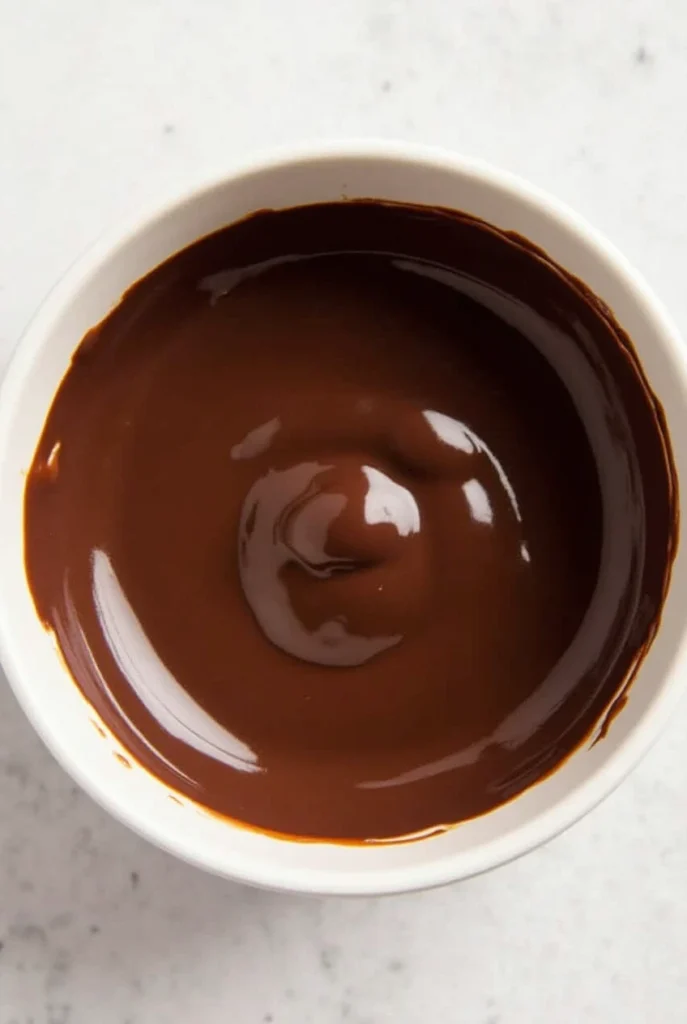
Frequently Asked Questions (FAQ)
What Is Chocolate Liquor Made Of?
Cocoa Liquor is made from ground cocoa nibs, which consist of both cocoa solids and cocoa butter. It’s the pure, unprocessed form of chocolate before sugar and milk are added.
Is Chocolate Liquor the Same as Cocoa Liquor?
Yes, chocolate liquor and cocoa liquor are the same thing. The terms are used interchangeably in the chocolate-making world.
Can You Make Chocolate Liquor at Home?
Yes, you can make Cocoa Liquor at home with the right equipment and high-quality cocoa beans. It’s a rewarding process that lets you control the flavor and texture of your chocolate.
Uses of Chocolate Liquor in Different Products
1. Dark Chocolate Production
In dark chocolate, chocolate liquor is combined with sugar and sometimes extra cocoa butter to create a rich, bold treat. The percentage of chocolate liquor determines the intensity—higher percentages mean deeper, more robust flavors.
2. Milk Chocolate Production
For milk chocolate, chocolate liquor is blended with milk solids, sugar, and additional cocoa butter. This combination creates a sweeter, creamier chocolate with a lighter flavor profile compared to dark chocolate.
3. Baking Chocolate
Unsweetened baking chocolate is pure chocolate liquor that hasn’t been sweetened or mixed with milk. It’s often used in recipes for brownies, cakes, and other desserts where you control the sweetness.
4. Cocoa Powder
Cocoa powder is made by pressing most of the cocoa butter out of the chocolate liquor, leaving behind a dry powder. It’s a key ingredient in baking, hot chocolate, and even savory recipes.
Conclusion: From Bean to Chocolate Magic
Now that you know how chocolate liquor is made, you can appreciate every bite of chocolate even more. The journey from cocoa bean to chocolate liquor is a labor of love, requiring skill, patience, and precision.
Whether you’re planning to make your chocolate liquor at home or just want to understand the process, you’ve taken the first step into the world of chocolate-making. Next time you enjoy a piece of chocolate, you’ll know exactly what goes into creating that rich, indulgent flavor.
Call to Action:
If you’ve found this guide helpful, why not share it with your fellow chocolate lovers? If you’re feeling inspired, try making your chocolate liquor at home and let us know how it turns out!
Now that you know the secrets to making chocolate liquor, why not give it a try yourself? Follow the step-by-step guide and create your very own chocolate liquor at home! We’d love to hear how it turns out – drop a comment below or share your experience with us. 💬 Don’t forget to rate this recipe if you loved it, and share it with your fellow chocolate enthusiasts! For more delicious and exciting chocolate recipes, check out our related posts. And don’t forget to follow us on social media and sign up for our newsletter for the latest recipes and tips!
Git more recipes you might like
- Cake Toppers.
- Cookie Cereal Recipe.
- Artesano Bread.
- Best Chocolate-Covered.
- Best Swiss Coffee.
- Venetian Ice Cream Flavors.
Did You Try Our Recipe?
There are no reviews yet. Be the first one to write one.

